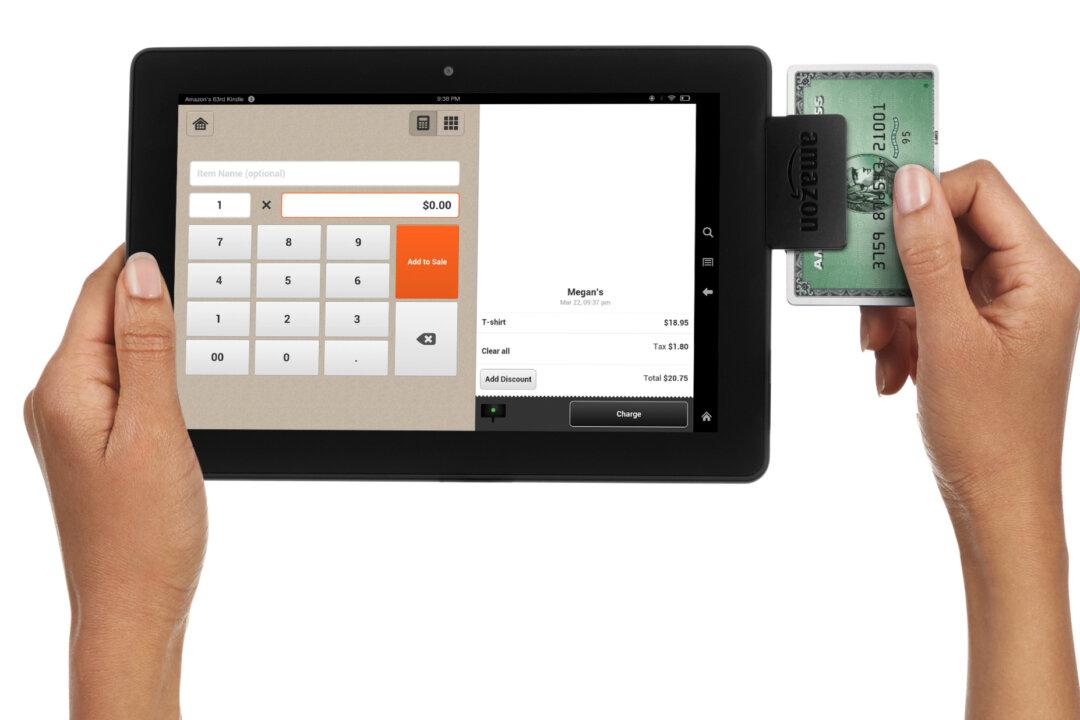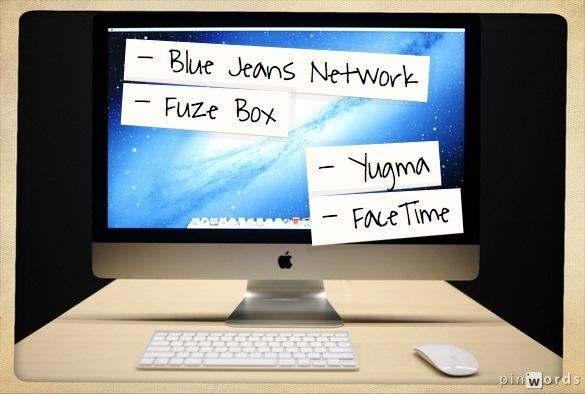Card readers for mobile devices have not been around for very long. However, within such a relatively short period of time, these devices have seemed to pop up all over the place.
From food trucks to craft fairs, more and more business owners are finding effective ways to integrate this tool into their own business so as to increase the convenience of their average customer service experience and not remain tied to a traditional front-end store terminal which is can only process credit and debit card payments.
A Brief Overview of How These Readers Work
These revolutionary devices are specifically designed to be plugged directly into a mobile smartphone or tablet. Through a highly secured application, the reader can then be used to conduct single-swipe transactions and process credit card payments through an authorized merchant or payment gateway solution.
After the actual credit card transaction has been processed, the purchase can be authorized by the customer simply by signing their name on the “dotted line.”
These devices have actually been developed to be used as game changers for aspiring entrepreneurs and microretailers who were previously forced to operate on a “cash only” basis. The vast majority of these systems even allow for retailers to automatically deduct sales tax from each transaction.
A Solid Example of a High-Quality Card Reader
For example, the eCommerce company Shopify offers one such card reader. According to their official website, their leading card reader charges a little more than two percent per transaction with the company’s Professional Plan. This is basically a standard rate when compared to many other companies.
The plan itself comes fully equipped with a free application that provides retailers with the opportunity of entering a customer’s credit card number manually by hand if they decided to do so. However, when it comes to performing this type of credit card payment transaction, you need to take into consideration the fact that you'll have to pay a higher rate.
This is primarily because of the fact that this effective method is a lot more prone to fraudulence than you expect. The Shopify card reader works in conjunction with the company’s other products for retailers, which includes a barcode scanner and receipt printer.
Most systems also offer the ability for retailers to track their sales – providing an in-depth analysis of what’s selling and when. These insights allow small retailers the opportunity to optimize their business, as well as their inventory.
FTC Report on Growing Popularity
As confirmation of the proliferation of mobile card readers, the Federal Trade Commission released a report last year detailing how these systems provide added convenience for consumers. According to the FTC report, a survey of 1000 financial, telecommunications, and retail executives showed that 83 percent of respondents agreed with the notion that mobile payment systems would reach “widespread adoption” by 2015.
The report went on to say that major companies like AT&T, Google, Verizon, and Visa are all making forays into mobile payment systems.
The FTC report also raised concerns about security. One of the concerns was ensuring that the entire financial transaction is completely secure. The government agency listed several possible way of ensuring secure transactions, such as the verification of data during the transaction and the safe storage of data on a mobile device.
Security Concerns
A good mobile card reader addresses security concerns through a PCI compliant shopping cart. The Payment Card Industry Data Security Standard (PCI DSS) is a security protocol for dealing with debit or credit card transactions. To be considered compliant with the PCI standard, a merchant must meet six standards:
1. Have a secure network
2. Run a vulnerability management plan
3. Test and monitor networks on a consistent basis
4. Safeguard consumer data
5. Enact strong access control methods
6. Keep an information security policy
According to the PCI Compliance Guide, there are several safety-related concerns to think about when considering a mobile payment system. First, they should consider a validated Point-to-Point Encryption (P2PE) solution, which is a system that encrypts cardholder data before it enters the mobile device and keeps it encrypted until the solution provider send the data to the payment processor.
Merchants should also think about checking with their payment processor for recommendations. A processor may have the inside scoop on what a vendor may be looking for in a mobile solution. Vendors should also make sure that the mobile device they are using is up-to-date and completely secure – meaning not “jail broken” or tampered with, and free of questionable apps.
Finally, the device acting as a POS should be locked in case it is stolen. Just taking a few of these simple steps can go a long way to making any mobile payment system a great long-term investment.
Republished with permission from TheGadgetFlow. Read the original.


